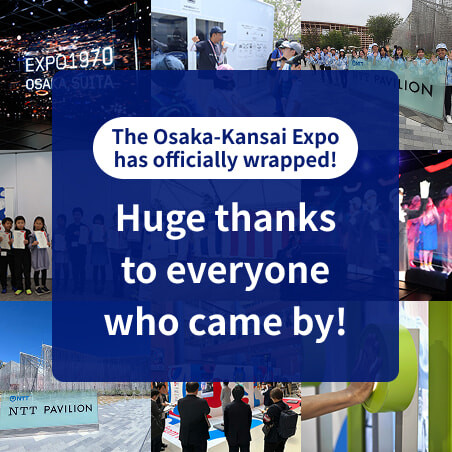
IOWN
What is IOWN concept?
To realize a world of well-being in which every person can live a fulfilling life, further development of Information and Communication Technology (ICT) is required. However, due to the increase in the amount of data distributed, a large number of computers have been installed, which consume a huge amount of electricity. This is expected to continue to increase significantly, and ICT is facing a sustainability crisis. IOWN is a concept for a next-generation information and communications infrastructure that solves this problem and aims to realize a world of well-being.
This content introduces the IOWN concept through “Vision,” “Functions and Characteristics,” “Application Examples," and “Dissemination Activities."














